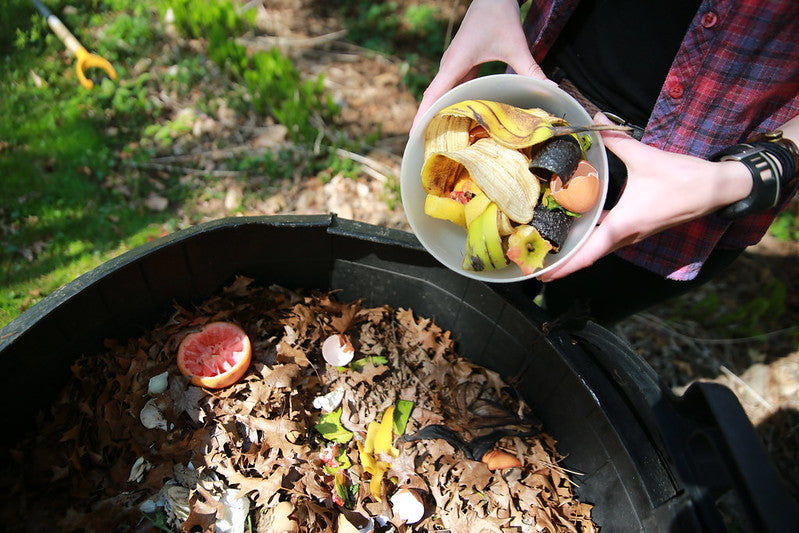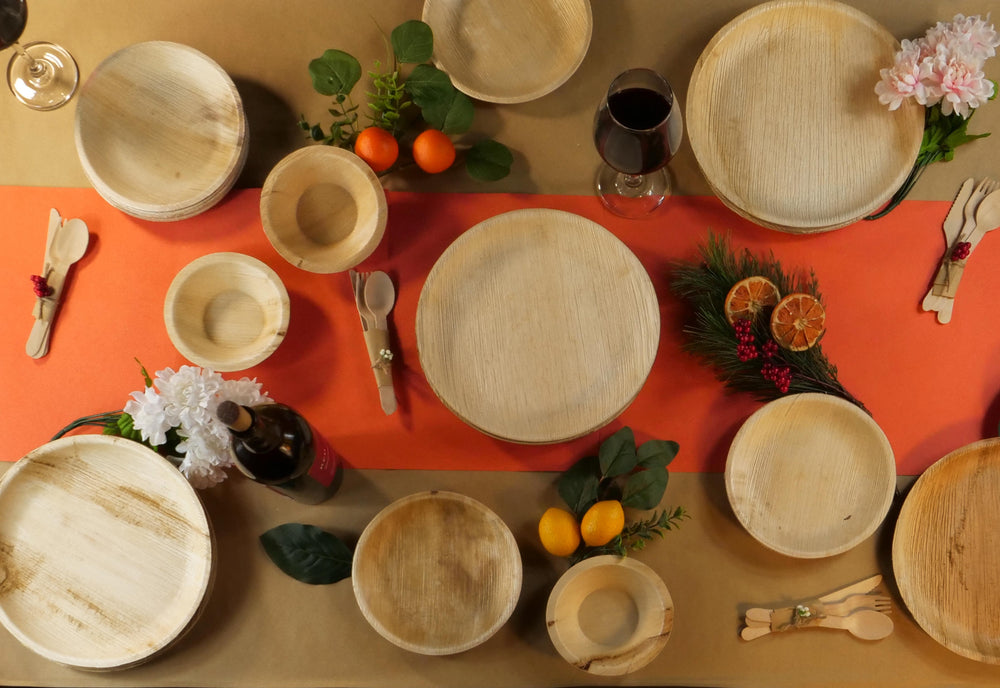5 of the Best Food Sustainability Hacks

When it comes to food, one of the best ways to be sustainable is to make sure that you’re using as much of the food as possible without wasting the product. The problem is that people don’t know how their choices in buying, storing, and cooking food can impact the environment. That’s why we want to go over five food sustainability hacks so that you get the most out of your purchase. We’re primarily going to talk about naturally grown vegetables, fruits, and grains, as they are more eco-friendly and don’t contribute to mass production as much as processed foods and red meat. We hope that these tips help you with your sustainability journey.
Use Your Scraps
Carrot tops, apple cores, and orange rinds. What do they have in common? They are either inedible or too difficult for most home cooks to figure out how to use them. Each of these foods, and many more, have different ways you can dispose of or repurpose these unwanted items. Carrot stems are often tough and impossible to eat on their own, but they work well in stocks. The greens are easy to chop and use as a garnish for your meal. Apple cores are inedible, so in order to make the most of them, throw them in your composter. You can do this with orange rinds too; however, you can also shave the skin off of the orange rinds before cutting the orange in order to make zest for your meal.
Cook Food in Bulk
A lot of great meals can be made all at once to reheat for later use. This includes soups, curries, and rice bowls. Make sure you grab a big container, so that way you can store them in the fridge. When you want to have your meal, grab a spoon, open the container and fill up a smaller bowl or plate with your food. Not only will this method help you with portion control, but it can also feed families easily. While leftovers may get repetitive, it sends a message that you care about the environment and don’t want to use more energy than you need.
Cook without Heat
You can also bulk up with meals like wraps, salads, and sandwiches that don’t involve any cooking at all. Make everything all at once and put it in a container for later use. While your meals may be cold, it’s important to remember that too much energy consumption can hurt the environment. Also, these meals tend to be healthier than food cooked with heat. Use raw, natural ingredients that were locally sourced in order to make sure you’re getting the freshest food that doesn’t impact the environment negatively.
Get Creative with Expired Food
A lot of food ends up expiring at some point. Similar to how we deal with scraps, you’ll want to repurpose food that has gone bad. We don’t recommend you eat a rotten banana, but if it’s a few days overripe and a little mushy, it makes an excellent addition to a banana bread recipe. Do you have stale bread in your pantry from a day or two ago? Not to worry. If you bake it, you can turn it into excellent croutons or breadcrumbs. Be sure to look up health information before cooking an item for consumption, and use your best judgment. As long as it’s all natural, if you don’t want to use it, it can go right in your compost.
Too Much Food? No Worries!
Some people have trouble gauging whether they need a particular amount of food or not. As a result, you can end up with too much food that you have nothing to do with. In these cases, you can cook in bulk, but maybe you aren’t prepared for that and need to do something else. One thing you can do when you buy too much food is to replant it. If you have the space for a garden or a potted plant, go ahead and research the best way to plant it in soil. Now, you won’t have to go to the store to repurchase small things like onions or tomatoes. Another thing you can do is help serve your community food for free. Not only is it a great way to bond with your neighbors, it also helps the environment because, collectively, it leads to less energy being used depending on your method of delivery. This may even inspire other community members to join you on a sustainable journey and help your community in the process.
There are other sustainable food hacks, such as purchasing sustainable tableware to match your products or reusing any of the packaging your food may have come in to store more food. With these tips, you can create a sustainable lifestyle in your home while enjoying healthy meals with your friends and family.
Image Credit: Flickr




Leave a comment